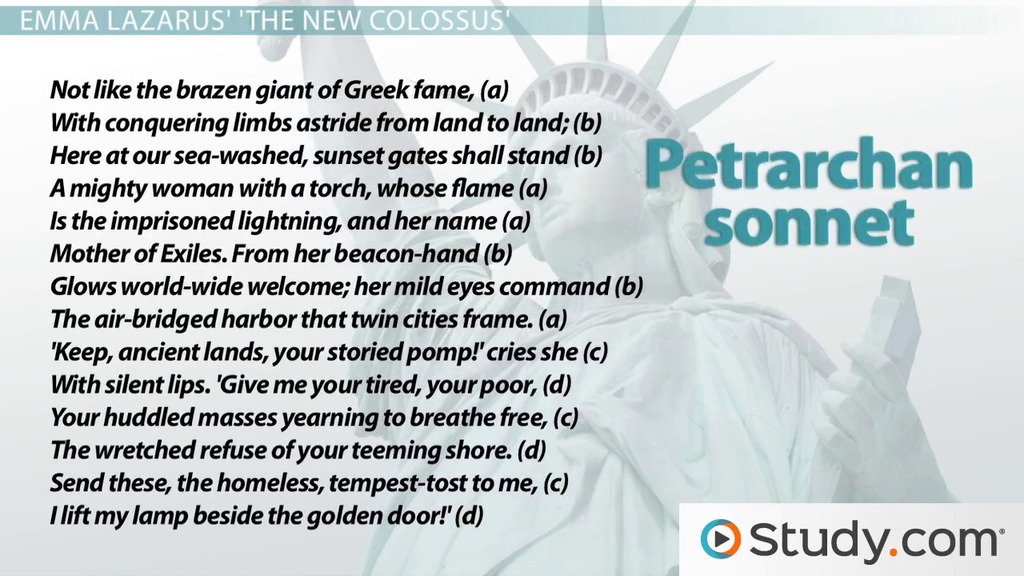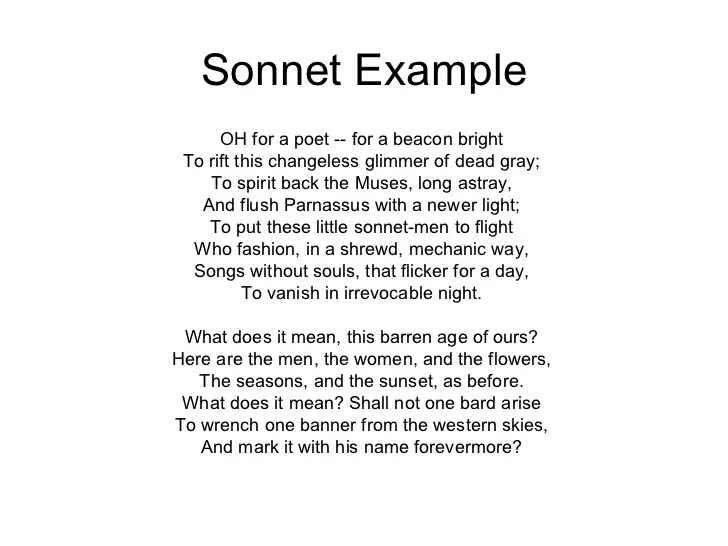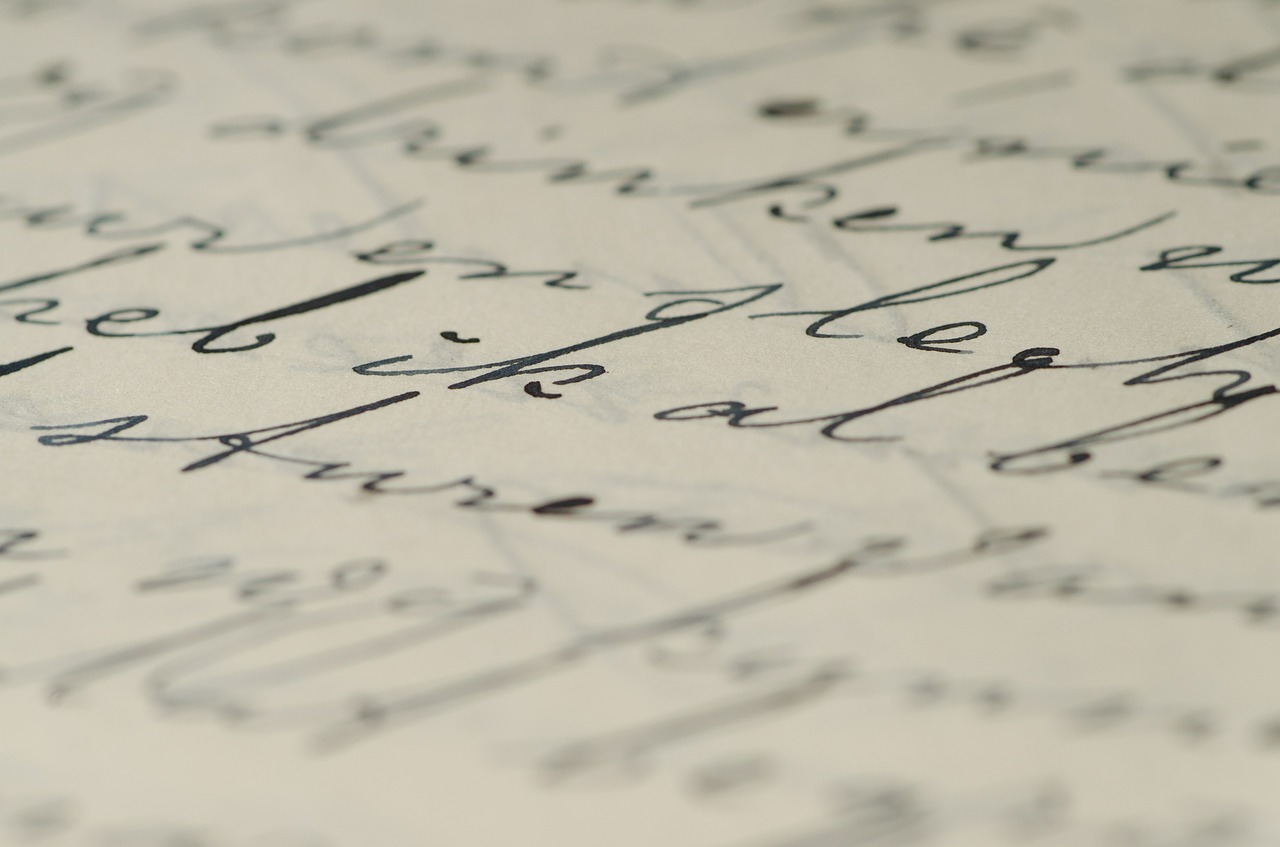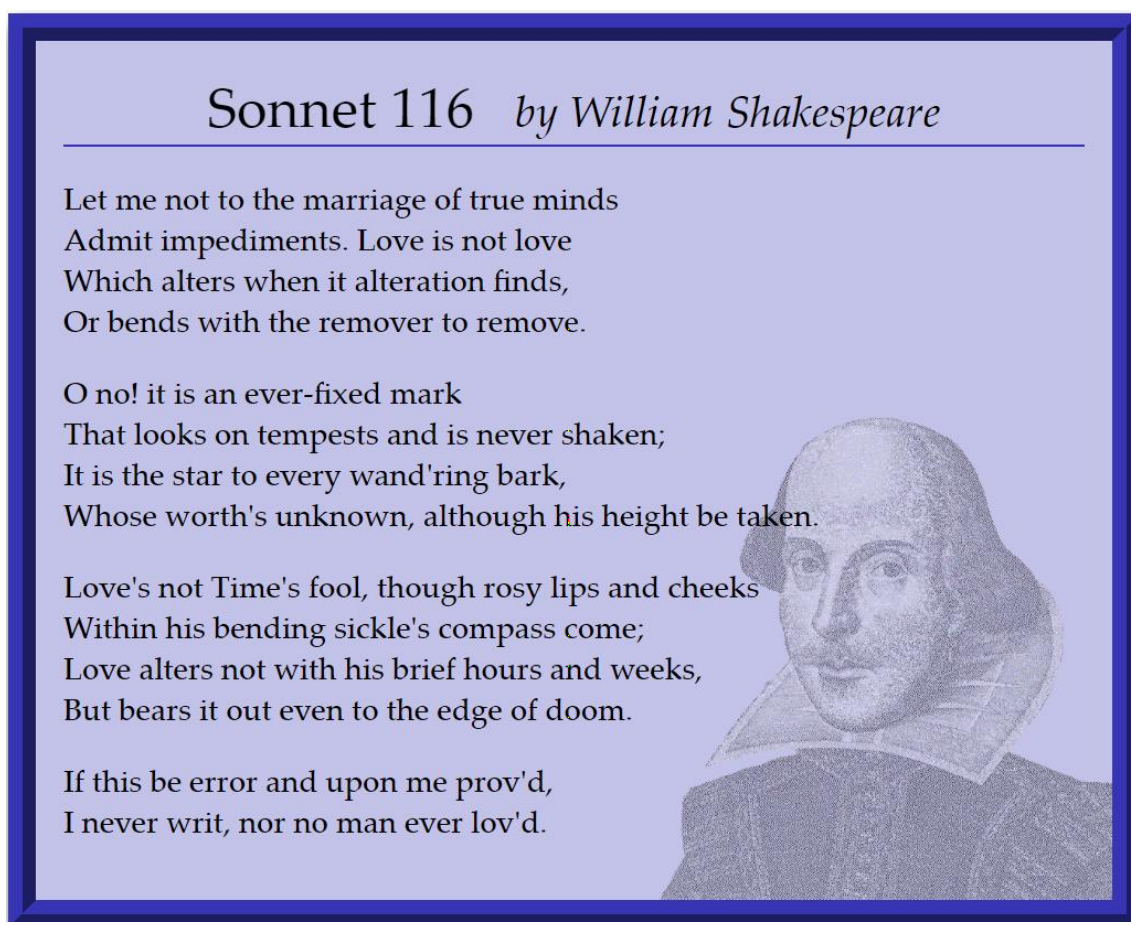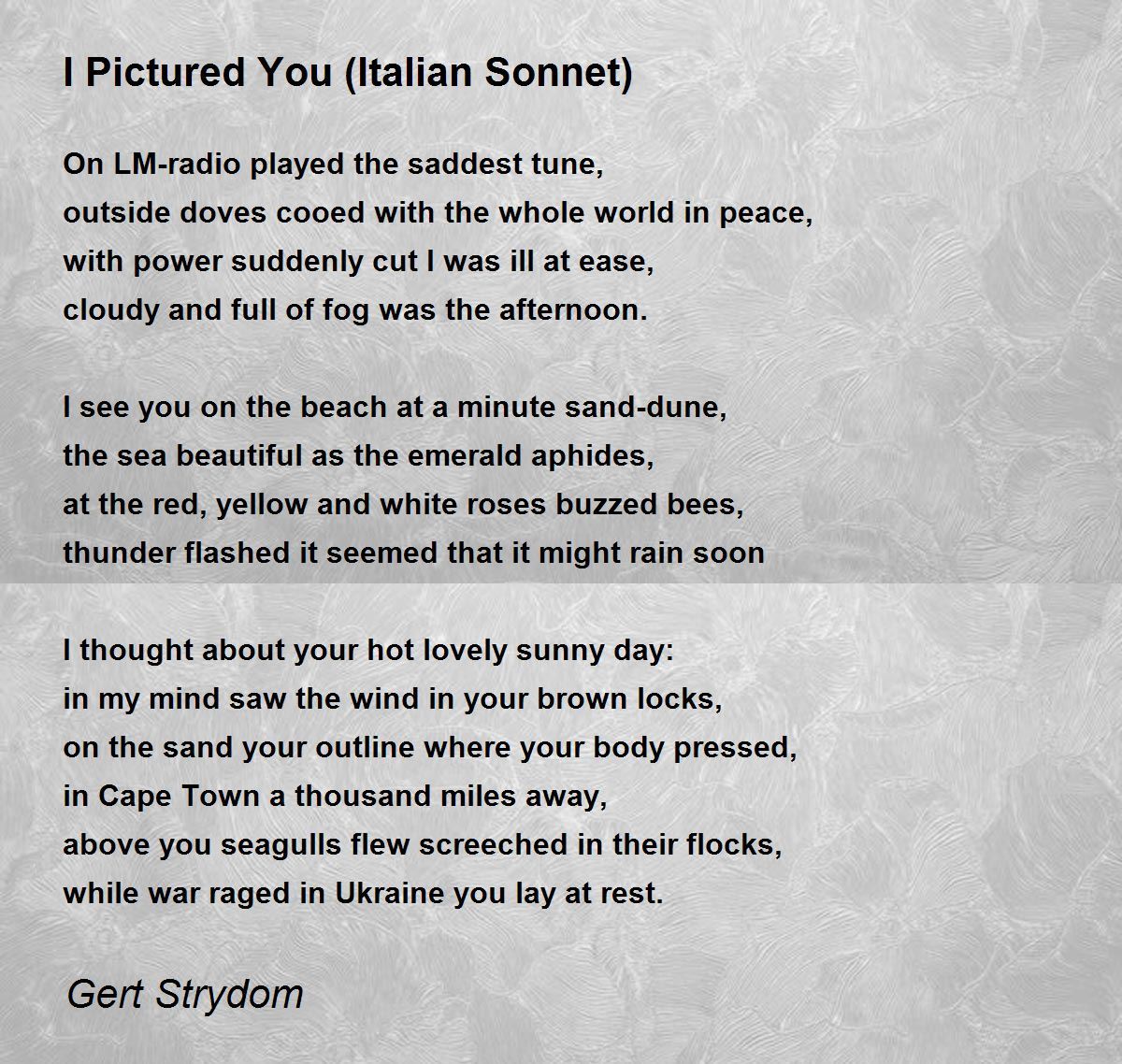Have A Tips About How To Write A Italian Sonnet
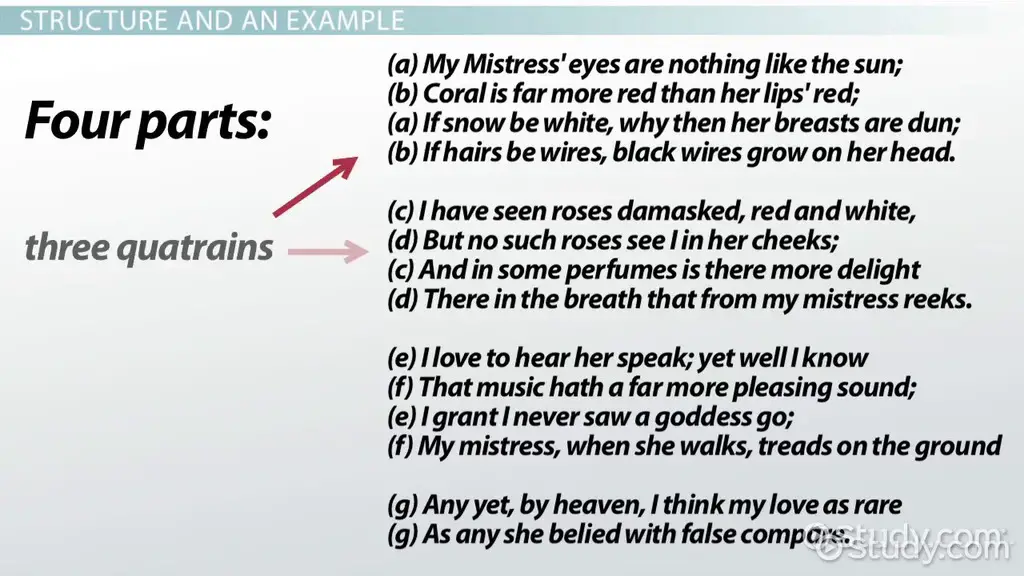
Your sonnet must be about one single idea.
How to write a italian sonnet. Written by daisie team. It could be a feeling, like being in love. The first thing you need to do to write a sonnet is figure out what you want to write about.
Think of an idea for your sonnet. Invented in italy way back in the 13th century, sonnets are short poems written with a specific, regular rhythm. That rhythm is known as iambic pentameter.
Sonnets generally use a meter of iambic pentameter, and follow a set rhyme scheme. Within these general guidelines for what makes a sonnet, there are a wide variety of variations. Sonnets were said to be popularized by the tuscan poet francesco petrarch, who lent his name to this style of sonnet.
According to the website poeticon, the sonnet may be the perfect poetic form for the expression or elaboration of a single thought or feeling. English (or shakespearian) sonnets and italian (or petrarchan). If you want to compose a petrarchan sonnet, first make sure you are familiar with iambic pentameter.
You can write a sonnet about anything, but it’s easiest to write about. A sonnet is a poem that uses these elements: The italian sonnet has two stanzas:
Explore the structure of an. Three main types of sonnets. One stanza, fourteen lines, iambic pentameter, a set rhyme scheme.
A sonnet is a form of poetry which takes its name from the italian word “sonetto”, which means “little song” or “little sound.” the sonnet was established in italy. Petrarchan/italian sonnets are fourteen lines long and follow an initial rhyme scheme of abbaabba. Next, let the structure of the sonnet function as an outline.
And a sestet (6 lines), which usually rhymes cdecde or cdcdcd, though variations are. How to write a sonnet. Identify the two main types of sonnets.
They use iambic pentameter as their meter. It could be some thought you’ve had about life, or about a. Most commonly a sonnet will have a focused subject that is explored in the first eight lines, then in the next six lines there will be a shift or turn (“volta”) in the poem.




